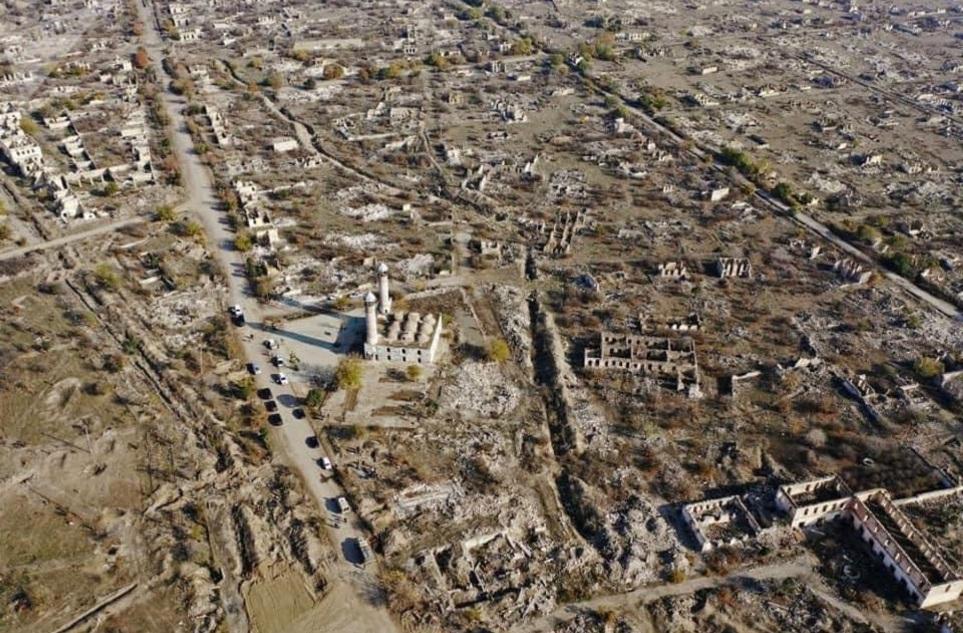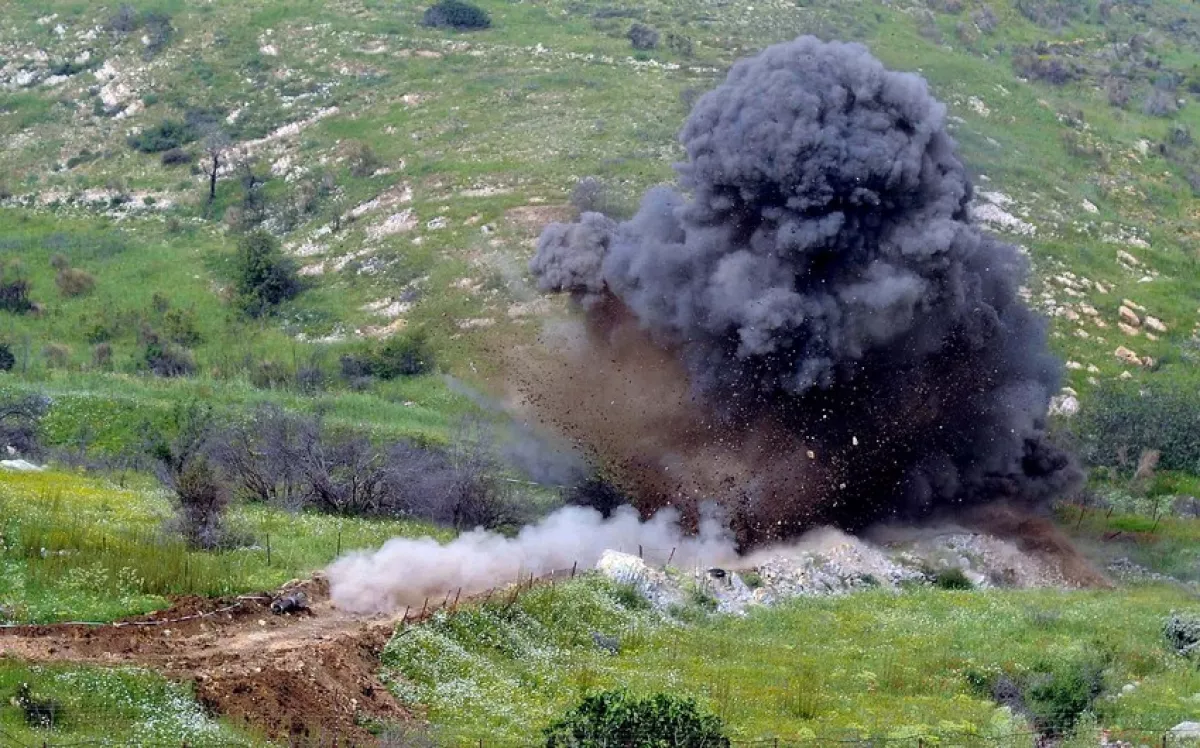Where children fear to play: Landmines haunt Azerbaijan’s youngest victims The world must not look away
International Policy Digest, a prominent American publication, has turned its spotlight on one of the most tragic and long-lasting consequences of the Karabakh conflict—the devastating toll of landmines on Azerbaijan’s youngest generation. Caliber.Az shares the excerpts from the article, which delves into the perilous reality faced by children growing up in areas still scarred by war, where every field and pathway may conceal a deadly remnant of conflict.
Editor's note: The article is penned by Nick Nwolisa, an educator and economist with a deep commitment to humanitarian work. He collaborates closely with the International Eurasia Press Fund (IEPF), focusing on community development and initiatives aimed at clearing mines and safeguarding vulnerable populations.
For decades, the conflict over Karabakh was described as “frozen”—a territorial dispute left unresolved, yet seemingly dormant. That illusion shattered in 2020 during a 44-day war between Azerbaijan and Armenia, which ended in the liberation of Azerbaijani territories but reignited the devastating human consequences of the long-standing conflict.
Despite repeated United Nations resolutions affirming Azerbaijan’s territorial integrity, many global actors failed to enforce these declarations as binding. The absence of firm international engagement not only delayed a peaceful resolution but also deepened the crisis. When Azerbaijan reclaimed its lands, it did so largely without the support of the international system meant to uphold international law.

The human toll of the conflict remains staggering. Credible accounts report tens of thousands of deaths, mass displacement, and widespread injury. Among the most deeply affected are children and adolescents—those who had no part in the conflict, yet now bear its most painful consequences.
For over thirty years, Azerbaijan called the world’s attention to the plight of nearly 700,000 internally displaced citizens. These families, denied a path to return, lived in limbo—until Azerbaijan’s victory in 2020 finally opened the door for repatriation. But amid the larger narrative of return and reconstruction, the silent suffering of one group must not be overlooked: the children.
A significant number of those killed, injured, or displaced during the war were minors. Beyond the loss of life, children in war-affected areas suffered the destruction of the very institutions meant to nurture and protect them. Schools, homes, sports facilities, and public spaces were devastated. In total, around 54 schools were destroyed, and many recreational zones turned to rubble, stripping Azerbaijani children of access to education, safety, and normalcy.
In the aftermath, many were forced to live in temporary shelters, deprived of stability and exposed to new forms of danger. Studies conducted by national institutions confirm that children from displaced families face deeper social and economic disadvantages compared to those from unaffected areas.
In a world saturated with headlines, the suffering of Azerbaijani children has struggled to capture sustained international attention. But their stories echo those of children from other war-torn regions—Gaza, Ukraine, Syria—underscoring a grim global pattern: in every conflict, it is the youngest who are left the most vulnerable.
From their own testimonies, Azerbaijani children speak of grief, fear, and the loss of loved ones. Some will carry these burdens into adulthood, unless given the opportunity to heal. And just as they attempt to rebuild their lives, they confront yet another danger: landmines and unexploded ordnance scattered across the liberated territories.
Fields, schoolyards, and roads that once held the promise of renewal now pose mortal danger. Since 2020, internal reports have recorded at least fifteen children seriously injured by landmines. These are not relics of the past—they are active threats to the lives of children trying to reclaim their futures.
Tragedies such as the missile strikes on Ganja—far from any front line—are stark reminders of the indiscriminate nature of modern warfare. Among the victims were Orkhan, 16, and Nigar, 15, both killed when missiles struck residential neighborhoods. A six-year-old girl named Maryam survived with injuries. These stories are tragically familiar to those following the violence in Donetsk, Gaza, or Kyiv—children caught in the crossfire, suffering far from the battlefield.

Under international humanitarian law, children must be protected during armed conflict. But too often, those protections remain aspirational rather than enforced. Whether in the Middle East, Eastern Europe, or the South Caucasus, the moral obligation to shield children from violence must transcend political lines and be reflected in concrete action.
In Azerbaijan, more than 3,000 children have seen their education disrupted by the destruction of schools. The social, psychological, and economic consequences of such upheaval will be felt for years, not only within Azerbaijan but across the wider region. The threat of landmines continues to limit freedom of movement and access to essential services, compounding the hardship.
What is needed now is not just sympathy but strategy. The international community must recognize the long-term impact of war on children and respond with targeted policies and resources. Recovery must include trauma support, infrastructure rebuilding, and rigorous demining programs. And at every level—from the state to the global stage—the protection of children must be at the core of peacebuilding and post-conflict reconstruction.
This is a call to conscience. The world must no longer relegate the needs of children to the margins of conflict response. Their safety, dignity, and right to thrive should be the foundation of every diplomatic initiative and humanitarian effort. In Azerbaijan and beyond, protecting young lives must move from a moral ideal to a global commitment.








